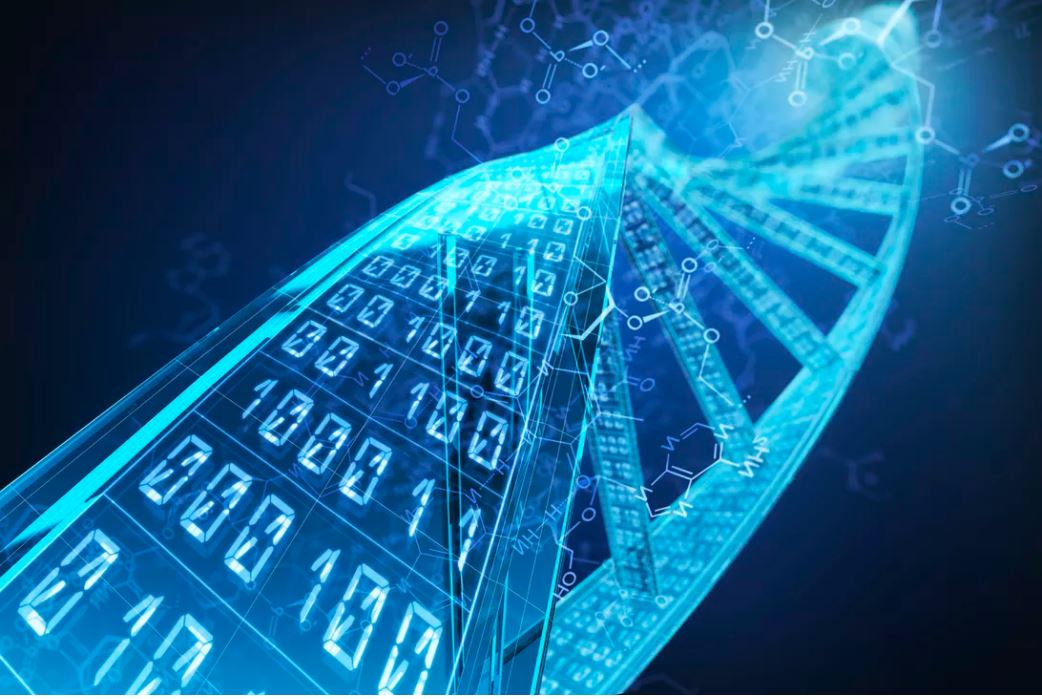Humanity has produced more data in the previous few years than it has in all of history combined, a staggering amount of productivity that shows no indications of slowing down. But where are we going to store everything?
Though scientists are continually improving hard drive capacity to contain humanity’s knowledge, and many believe this can be done indefinitely, some argue that these efforts will eventually be outpaced by the exponential rate at which data is generated. As a result of these concerns, scientists have been investigating a reasonably novel solution: storing files, photographs, and papers on Nature’s information database: DNA.
DNA is simultaneously large and compacted, storing an incredible amount of info in tiny areas. After all, while hidden inside cell nuclei only 10 micrometers wide, the double helix strands secure our bodies’ complete blueprints. Furthermore, DNA is plentiful in Nature and can resist challenging circumstances on Earth. Scientists have even been able to recover genetic information from DNA that is hundreds of years old.
“Every day, the internet generates many petabytes of data. Only one gram of DNA would be needed to hold all that information. As a storage medium, DNA is extremely thick “. According to Kasra Tabatabaei, a Beckman Institute for Advanced Science and Technology researcher.
Tabatabaei is a co-author of a new study published in Nano Letters last month that might push the DNA data storage idea to new heights. In essence, the research team is the first to artificially extend the DNA alphabet, enabling vast storage capacity and a high amount of digital data to be accommodated.
Here’s a little biology refresher before we get into the details.
With four molecules called nucleotides, DNA encodes genetic information. Adenine, guanine, cytosine, and thymine, or A, G, C, and T, are the four bases of DNA. DNA contains a four-letter alphabet, with different letter combinations representing various pieces of information. Nature can encode the genetic information of every living being with only just four letters. So, ideally, we should be able to store a significant amount of digital data with this collection of letters. But what if the alphabet was longer? That would presumably offer us a considerably larger capacity.
Following this line of reasoning, the researchers behind the latest discovery intentionally introduced seven extra letters to the DNA alphabet. “Imagine the letters in English,” Tabatabei remarked. “You could only make so many words if you only had four letters to work with. You could make an infinite number of word combinations if you possessed the entire alphabet. The same is true with DNA. Instead of translating zeros and ones to A, G, C, and T, we may use the storage alphabet to convert zeros and ones to A, G, C, T, and the seven additional letters.”
The researchers also devised a revolutionary process that accurately reads back the synthetic DNA’s data, ensuring that information stored in these 11 letters may be regurgitated on demand. In addition, the system uses deep-learning algorithms and artificial intelligence to distinguish between human-made and natural DNA letters and distinguish everything from one another.
Overall, it delivers a crystal-clear readout of the DNA’s letter combinations, revealing all hidden information.
In a statement, Chao Pan, a graduate student at the University of Illinois Urbana-Champaign and a co-author on the study, said, “We tried 77 different combinations of the 11 nucleotides, and our method was able to differentiate each of them perfectly,” and “the deep learning framework as part of our method to identify different nucleotides is universal, which enables the generalizability of our approach to many other applications.”
DNA isn’t the only cutting-edge technology for storing compounded data. For example, a Harvard University research team is experimenting with neon dyes to encode valuable data. Nonetheless, Tabatabaei observed, “Nature’s basic data storage method is DNA. It may be used to store any data, including photos, video, and music.”


